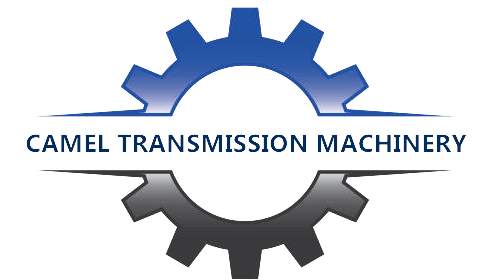The stepper motor open-loop control method is simple, easy to implement, and low in price. However, in this control method, the real-time position of the rotor has no feedback effect on the entire control system, making the stepper motor once unsuitable for more demanding precision and high speed Applications in some areas with fast running and responsiveness. In fact, a simple judgment of its advantages and disadvantages is one-sided. A few decades ago, it can be said that “stepping motors are not as accurate as servo motors”. However, with the advancement of precision manufacturing and drive control technology, stepping technology It is also improving and still maintains an important industry position.
Servo means that the system follows external commands to perform the desired movement, and the movement elements include position, speed and torque. Servo system is a product developed on the basis of frequency conversion technology. It is an automatic control system that takes mechanical position or angle as the control object. In addition to speed and torque control, the servo system can also perform precise, fast and stable position control. Servo drives belong to the drive layer in the automation control system, servo motors belong to the execution layer, and encoders are usually built into the end of the servo motor.

The main differences:
1. Different control methods
Stepping motor: the rotation angle is controlled by controlling the number of pulses, one pulse corresponds to a step angle.
Servo motor: control the rotation angle by controlling the length of the pulse time.
2. Different workflow
Stepper motor: The working process of a stepper motor generally requires two pulses: signal pulse and direction pulse.
Servo motor: Its work flow is a power connection switch, and then connect the servo motor.
3. Different low frequency characteristics
Stepping motor: low-frequency vibration is prone to occur at low speeds.
Servo motor: It runs very smoothly, and there is no vibration even at low speed.
4. Different moment frequency characteristics
Stepping motor: The output torque decreases with the increase of speed, and will drop sharply at higher speeds, so its maximum working speed is generally 300~600r/min.
Servo motor: It is a constant torque output, that is, it outputs a rated torque within its rated speed (usually 2000 or 3000r/min), and a constant power output above the rated speed.
5. Different overload capacity
Stepping motor: generally does not have overload capacity.
Servo motor: has a strong overload capacity.
How to choose servo motor and stepper motor correctly
AC servo systems are superior to stepper motors in many aspects of performance. However, stepper motors are often used as executive motors in some less demanding occasions. Therefore, in the design process of the control system, various factors such as control requirements and cost should be considered comprehensively, and an appropriate control motor should be selected.
It mainly depends on the specific application. Simply put, it is necessary to determine: the nature of the load (such as horizontal or vertical load, etc.), torque, inertia, speed, accuracy, acceleration and deceleration requirements, and upper control requirements (such as port interface and communication Aspect requirements), the main control method is position, torque or speed. The power supply is DC or AC power, or battery power, and the voltage range. Based on this, determine the model of the motor and the matched drive or controller.
